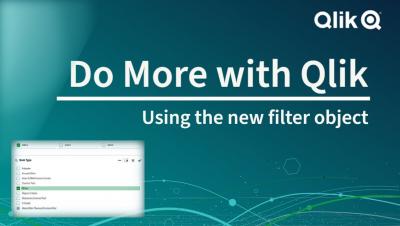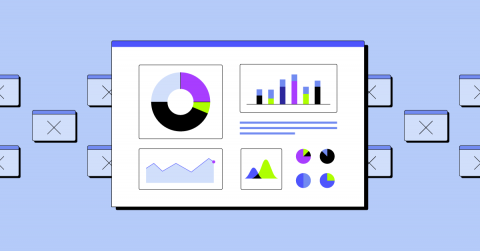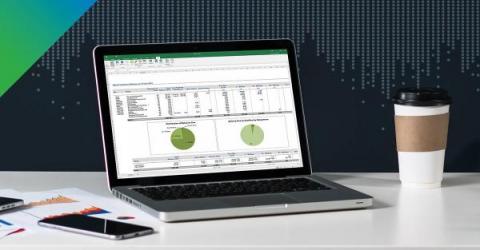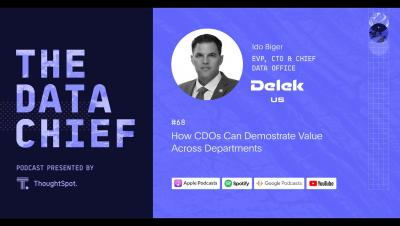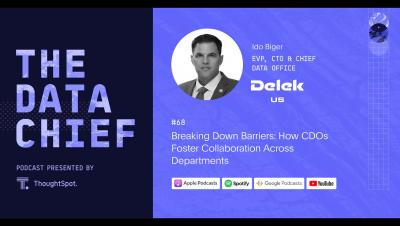Systems | Development | Analytics | API | Testing
BI
Managing technical debt: How to go from 12 BI tools to 1
CIOs are fed up with having a plethora of BI and analytics tools with business units seemingly chasing the shiniest new solution. And although most industry surveys show data and analytics budgets continuing to grow despite a faltering economy, there is closer scrutiny and belt tightening to rid teams of overlapping capabilities. Here’s a look at how BI tool portfolios have become such a mess and how to streamline them.
Why You Should Move From Management Reporter to Jet Reports
Much like Apple people tend to be all Apple, all the time, Microsoft Dynamics ERP users tend to prefer Microsoft products for all their computing needs. It’s not hard to understand why. Using products from the same ecosystem prevents compatibility issues and saves time in learning multiple systems.
Built with BigQuery: How Mercari US turned BigQuery into an ML-powered customer-growth machine
Mercari transformed marketing and sales with Google BigQuery and Flywheel Software by applying Machine Learning to user growth and sales growth.
Building a Data-Centric Platform for Generative AI and LLMs at Snowflake
Generative AI and large language models (LLMs) are revolutionizing many aspects of both developer and non-coder productivity with automation of repetitive tasks and fast generation of insights from large amounts of data. Snowflake users are already taking advantage of LLMs to build really cool apps with integrations to web-hosted LLM APIs using external functions, and using Streamlit as an interactive front end for LLM-powered apps such as AI plagiarism detection, AI assistant, and MathGPT.
Using Dead Letter Queues with SQL Stream Builder
Cloudera SQL Stream builder gives non-technical users the power of a unified stream processing engine so they can integrate, aggregate, query, and analyze both streaming and batch data sources in a single SQL interface. This allows business users to define events of interest for which they need to continuously monitor and respond quickly. A dead letter queue (DLQ) can be used if there are deserialization errors when events are consumed from a Kafka topic.
How the CDOs can prove Business Value
Role of the CDO to Facilitate Collaboration Company-Wide
Best Practices for Data Ingestion with Snowflake: Part 3
Welcome to the third blog post in our series highlighting Snowflake’s data ingestion capabilities, covering the latest on Snowpipe Streaming (currently in public preview) and how streaming ingestion can accelerate data engineering on Snowflake.


